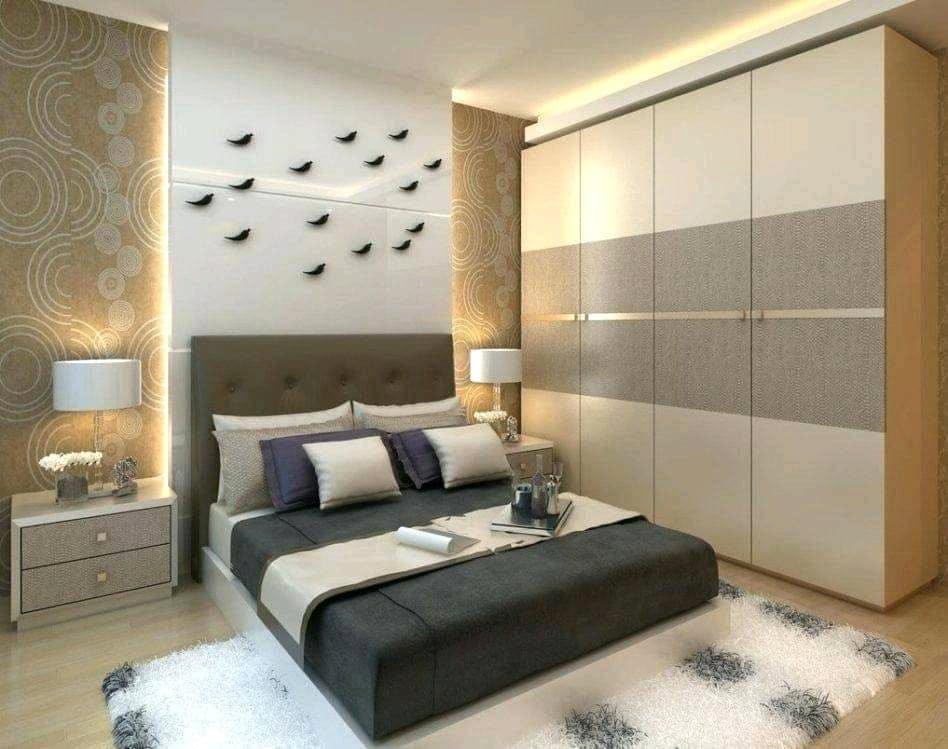Being a caregiver for someone with special needs can be an immensely rewarding experience, but it also comes with its own set of challenges. One of the most important aspects of caregiving is ensuring the comfort and safety of your loved ones, especially when it comes to their sleep.
In recent years, there have been significant advancements in special needs beds that cater specifically to the unique requirements of individuals with disabilities. In this guide, we will explore some of the latest innovations in a special needs bed and how they can benefit both caregivers and those in their care.
1. Adjustable Height Beds:
 One of the key innovations in special needs beds is the introduction of adjustable height mechanisms. These beds are designed to be easily raised or lowered, allowing caregivers to adjust the bed’s height based on the specific needs and preferences of the individual receiving care.
One of the key innovations in special needs beds is the introduction of adjustable height mechanisms. These beds are designed to be easily raised or lowered, allowing caregivers to adjust the bed’s height based on the specific needs and preferences of the individual receiving care.
This feature is particularly useful when it comes to transfers; by lowering the bed closer to the ground, transfers become safer and more manageable for both caregivers and individuals with disabilities.
2. Integrated Side Rails:
Safety is always a primary concern when it comes to caring for individuals with special needs, especially during sleep. Special needs beds now often come equipped with integrated side rails that provide added safety measures.
These rails can help prevent accidental falls during sleep and provide a sense of security for individuals who may experience restlessness or nighttime movement.
3. Tilting Mechanisms:
 For individuals who require additional assistance with positioning during sleep due to medical conditions such as reflux or respiratory issues, tilting mechanisms have proven to be incredibly beneficial.
For individuals who require additional assistance with positioning during sleep due to medical conditions such as reflux or respiratory issues, tilting mechanisms have proven to be incredibly beneficial.
Bed frames with tilting features allow caregivers to position the upper body or legs at an elevated angle, providing relief from discomfort while promoting optimal breathing and digestion.
4. Pressure Relief Mattresses:
Individuals who spend extended periods in bed due to physical limitations are at higher risk of developing pressure sores (also known as bedsores).
Special needs beds now incorporate pressure relief mattresses that actively distribute body weight evenly and reduce the risk of developing pressure sores.
These mattresses are designed to relieve pressure on vulnerable areas of the body, preventing the formation of ulcers and ensuring greater comfort during extended bed rest.
5. Customized Interior Arrangements:
 Recognizing that every individual has unique needs and preferences, many special needs beds can be customized in terms of interior arrangements.
Recognizing that every individual has unique needs and preferences, many special needs beds can be customized in terms of interior arrangements.
Caregivers now have the option to choose features such as customizable positioning supports, adaptable footboards, and specialized child safety zones.
These customizable options allow caregivers to create sleep environments that not only meet the specific requirements of individuals with special needs but also promote a sense of autonomy and individuality.
6. Remote Control Functionality:
Technology is constantly evolving, and special needs beds have also embraced the convenience of remote control functionality. Many specialized beds now come with remote control features that allow caregivers or individuals themselves to adjust various settings with ease.
From changing bed height to modifying the positioning or activating built-in massage functions, remote control functionality adds convenience and accessibility for both caregivers and individuals.
7. In-Bed Monitoring Systems:
 Safety and security are paramount concerns when it comes to caring for individuals with special needs. Special needs beds equipped with in-bed monitoring systems offer caregivers peace of mind by providing real-time alerts or notifications if their loved ones require assistance or experience unusual movements during sleep.
Safety and security are paramount concerns when it comes to caring for individuals with special needs. Special needs beds equipped with in-bed monitoring systems offer caregivers peace of mind by providing real-time alerts or notifications if their loved ones require assistance or experience unusual movements during sleep.
These systems often utilize sensors placed underneath the mattress or within the bed frame to monitor vital signs, detect emergencies, or track sleep patterns.
8. Enhanced Accessibility Features:
Individuals with mobility limitations require beds that prioritize accessibility. Special needs beds now include features such as wider entrance spaces, lower bedsides, and innovative opening mechanisms that facilitate easy entry and exit from the bed for individuals using mobility aids such as walkers, wheelchairs, or scooters.
Conclusion:
As advancements in technology continue to revolutionize healthcare, special needs beds stand as a testament to the progress made in catering to individuals with disabilities. With features like adjustable height mechanisms, integrated side rails, tilting capabilities, pressure relief mattresses, and customized interior arrangements, caregivers can provide both comfort and safety for their loved ones in need. By staying informed about innovative solutions available in special needs beds, caregivers can ensure a better quality of life for those under their care.





